Contents
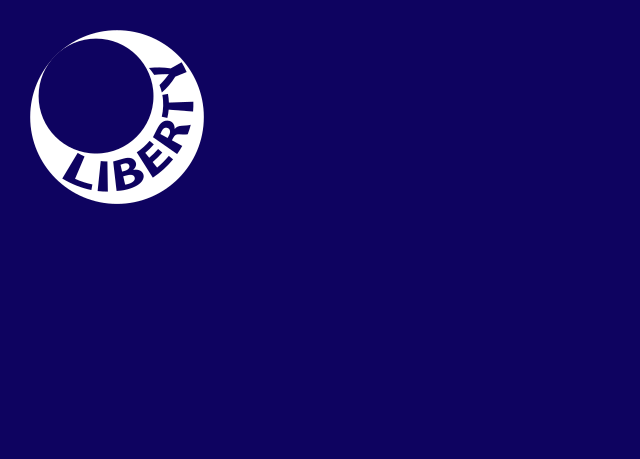
Contents
The Fort Moultrie Flag, also known as the Moultrie flag or the Liberty Flag, is a Revolutionary War flag originating from South Carolina, which later became the official flag of the colony’s armed forces.
The flag was designed by Colonel William Moultrie, and an adapted version is used as the state flag of South Carolina to this day.
Design and origin
The Fort Moultrie flag features a dark blue background with a crescent moon (or possibly a piece of throat armour known as a gorget) in the canton. On the crescent shape, the word “LIBERTY” is printed.
In September 1775, South Carolina patriots were preparing to defend their colony against British troops. They wanted a flag to signify to the British that they had taken Fort Johnson on James Island, in Charleston, South Carolina. Colonel William Moultrie was commissioned by the Revolutionary Council of Safety to create a design, and he produced the Liberty Flag.
The colors and symbols used on the flag matched the uniforms worn by Moultrie’s men. The white crescent symbol for example featured prominently on the front of their caps – shown below.
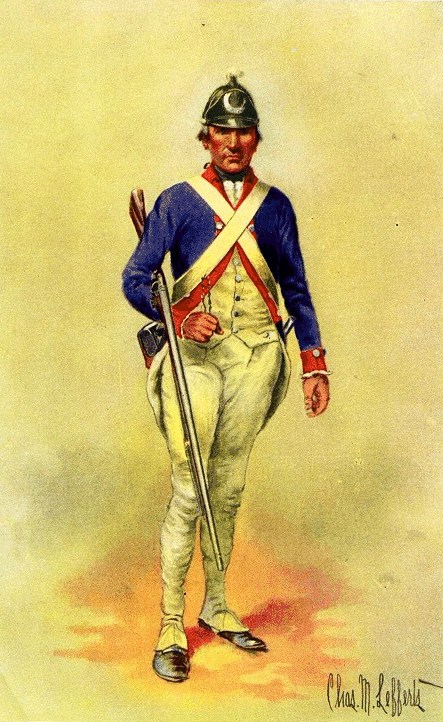
It is uncertain whether the crescent symbol was originally a moon or not. Some historians believe it was a gorget – a piece of brass worn to protect the throat and signify a soldier’s rank. It was common for regiments to emboss their gorgets with the word “Liberty” or the phrase “Liberty or death”, lending credence to the idea that this symbol referred to a piece of armor. However, historical accounts simply refer to the symbol as a “crescent”.
There is also a later, alternate version of this flag with the “LIBERTY” text centered on the bottom of the flag, rather than being written in the crescent.
Usage
The Liberty Flag was first used in September 1775, as Moultrie and his men defended the port of Charleston from the British Navy.
He reached James Island on the morning of September 15th, and quickly captured Fort Johnson from the few British troops stationed there. The Liberty Flag was then raised, to show the British that the patriots were in control of the fort.
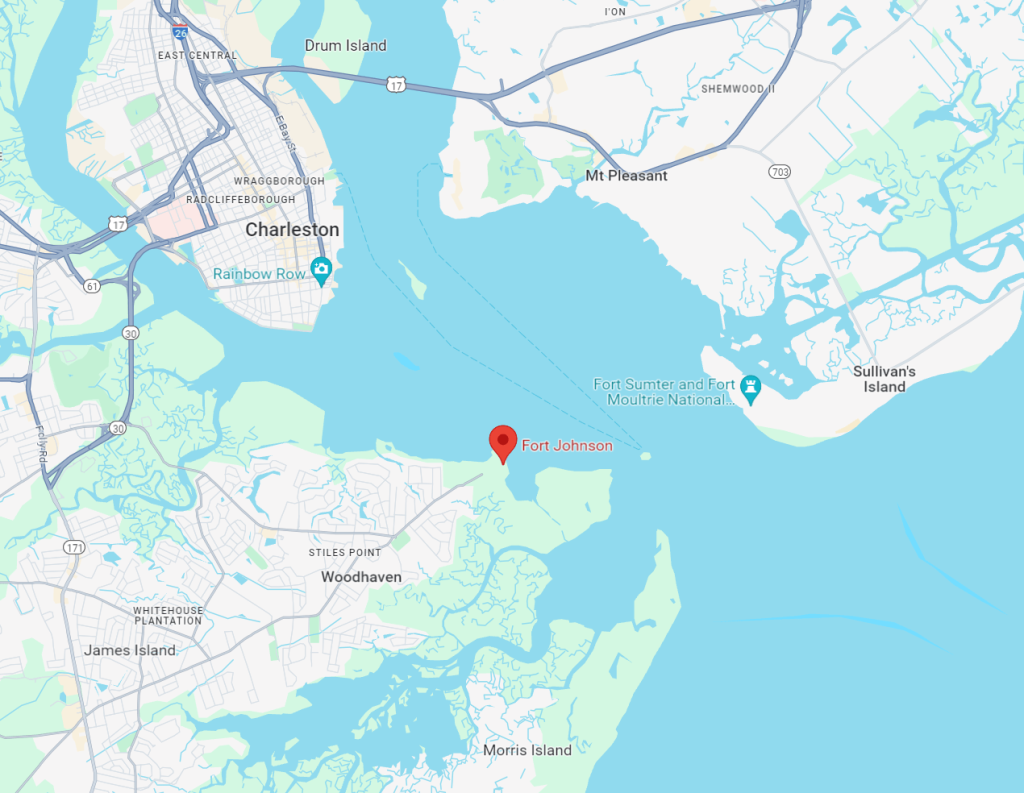
Later, in 1776, Moultrie and his men began building a fort of Sullivan’s Island, on the north entrance of the port, in preparation to defend it from a British attack. On June 28 1776, the British Navy laid siege to the fort, and Moultrie and his 2nd South Carolina Regiment won the battle, successfully defending Sullivan’s Island.
This was a major victory for the patriots, as the port was very strategically significant. It was also one of the first British naval defeats of the war, and it showed that the colonists could put up a fight against their much more powerful enemy.
As the British bombardment of the fort commenced, the American troops’ Moultrie Flag is said to have been blown away by cannon fire. A Sergeant, William Jasper, risked his life to leave the fort and retrieve the flag, helping to inspire the South Carolina troops towards their eventual victory.
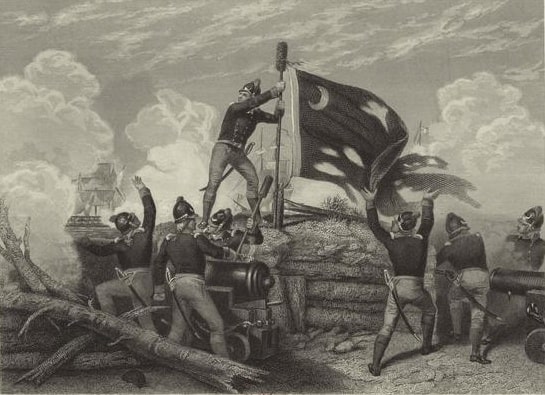
Fort Sullivan was later renamed Fort Moultrie in recognition of the colonel’s efforts.
Later in the war, the flag became the official symbol of South Carolina’s armed forces until the end of the war, and would have likely been used at battles such as the Siege of Fort Watson, the Battle of Musgrove Hill, and the Siege of Ninety Six.
Historical significance
The Fort Moultrie Flag is a symbol of South Carolina, and the current state’s flag is based on its design.
During the Civil War, the word “LIBERTY” was removed from the flag, and a palmetto tree added, a nod to the palmetto wood logs used to build the fort on Sullivan Island. It’s said that the logs were particularly soft, meaning that although the fort was not finished by the time the British began their siege, it was able to absorb cannon fire like a sponge.
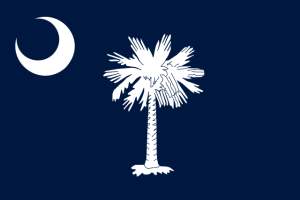
This updated flag with the palmetto tree is the official symbol of South Carolina to this day.

